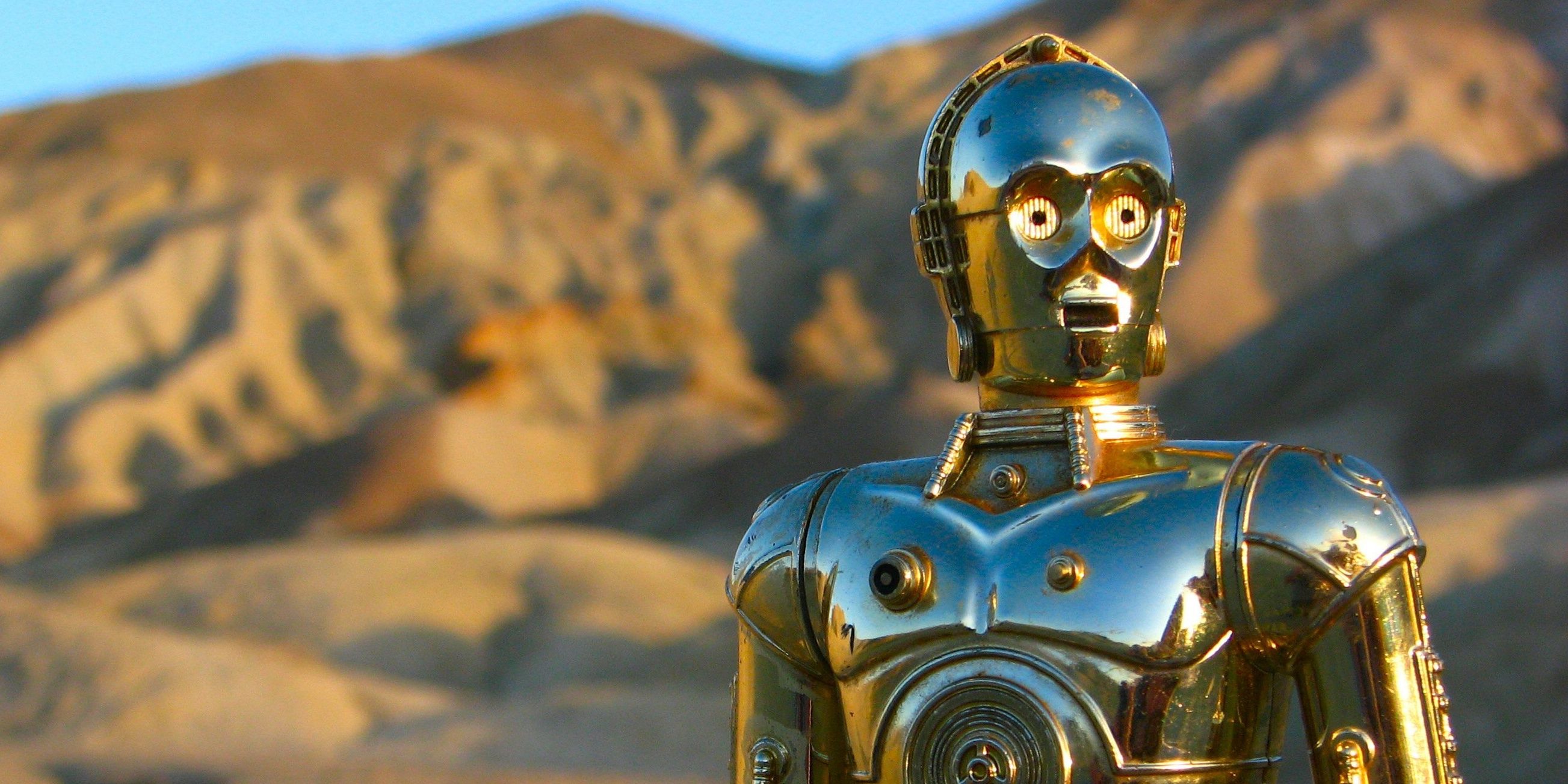The release of Netflix’s High Score documentary series has unearthed some of gaming’s oldest stories, including how Star Wars helped create Space Invaders. As it turns out, an arcade classic that inspired hundreds of imitators over the decades since its release would have looked dramatically different had it not been developed and released during the period of time it was.
Space Invaders released in 1978 and was created by developer Tomohiro Nishikado. It was a massive success in Japan and ushered in that country’s industry boom, becoming the first blockbuster arcade game in a country that eventually developed a reputation for churning out classics in that vein. As High Score illustrates, the popularity of Space Invaders was so widespread in Japan that arcades began to be referred to as “Invader Houses,” and the Japanese government had to announce a shortage of 100 yen coins because consumers were using them so frequently to play the game. However, it’s how Star Wars helped create Space Invaders that makes its origin story feel so unique and impossible to replicate now.
Originally, Nishikato was inspired by Break Out, a Pong-like title from Atari that saw players attempt to break rows of bricks using a bouncing ball and a paddle that moved horizontally at the bottom of the screen. Enamored by the game’s replay value, Nishikato initially considered tanks, planes, and ships for characters in a battle game in the same style as Breakout. Those didn’t click, and neither did soldiers, which made the game more interesting but ran afoul of the developer’s desire to not depict human beings getting shot at. That’s how Star Wars helped create Space Invaders, eventually – the movie’s popularity, and the discussion of its characters, gave Nishikato an answer to his problem that took the game into new, star-lit territory.

Thanks to Star Wars, Nishikato found the perfect replacement for human beings: droids, because they “move like humans but aren’t humans.” This was obviously a reference to C-3PO, a character that had been widely discussed and was present in media surrounding the franchise. While eventually the enemies moved away from being human-like, the decision to pursue droids at one point – and keeping space in mind as a setting – eventually played a role in the aliens and environment that has come to characterize Space Invaders today.
It’s an interesting notion, but it’s worth keeping in mind that how Star Wars helped create Space Invaders isn’t the only influential source in the latter’s success. Space Invaders also couldn’t have been made without Breakout, of course, and Nishikado has stated previously that other sci-fi properties like The War of the Worlds and Space Battleship Yamato also inspired his eventual decision to take the game to space. Still, it’s a fun bit of video game history – without Star Wars, a property that has famously struggled with its own video game spin-offs in recent years, the video game industry may have never reached a point where fans could complain about Star Wars Battlefront 2‘s microtransactions.




